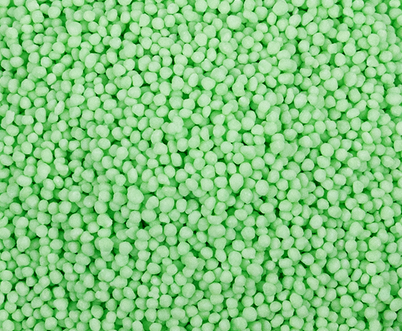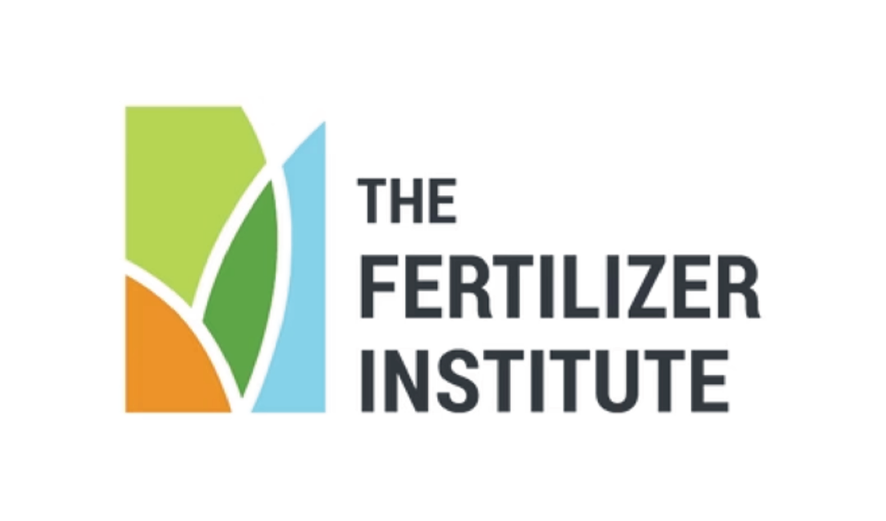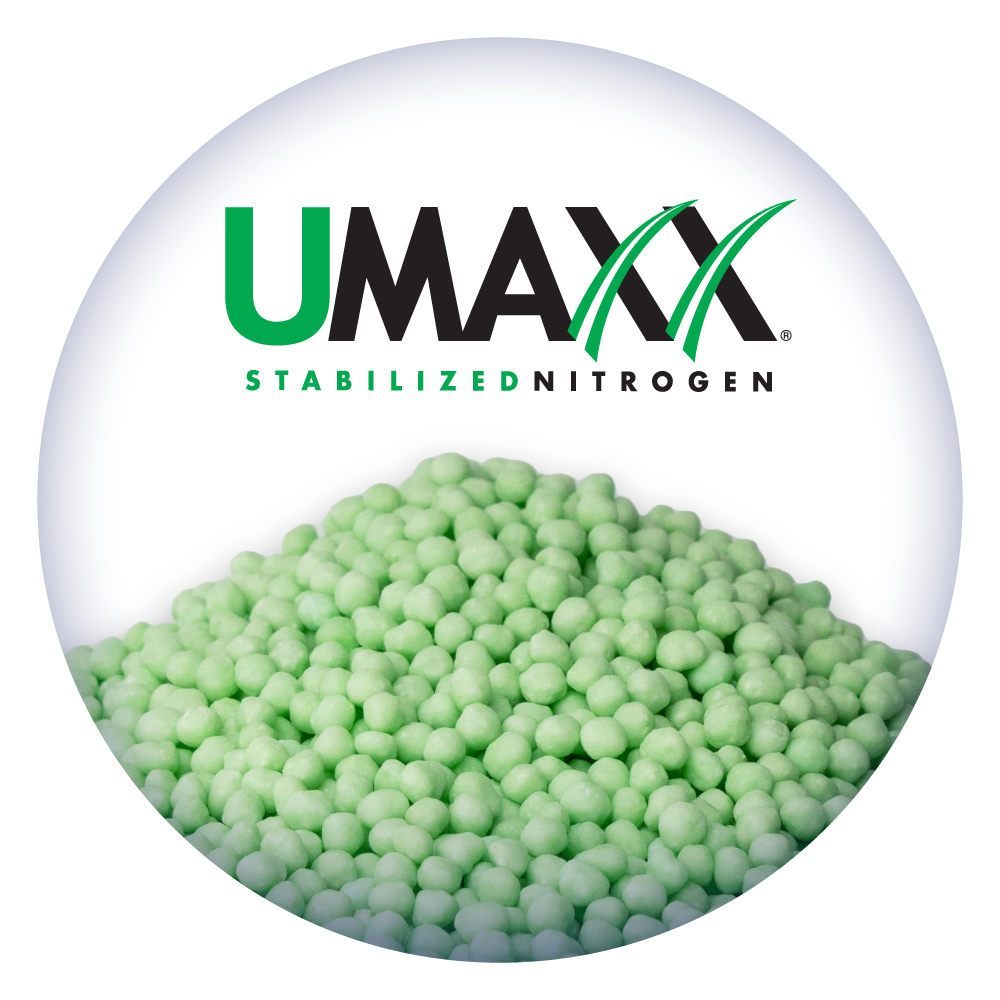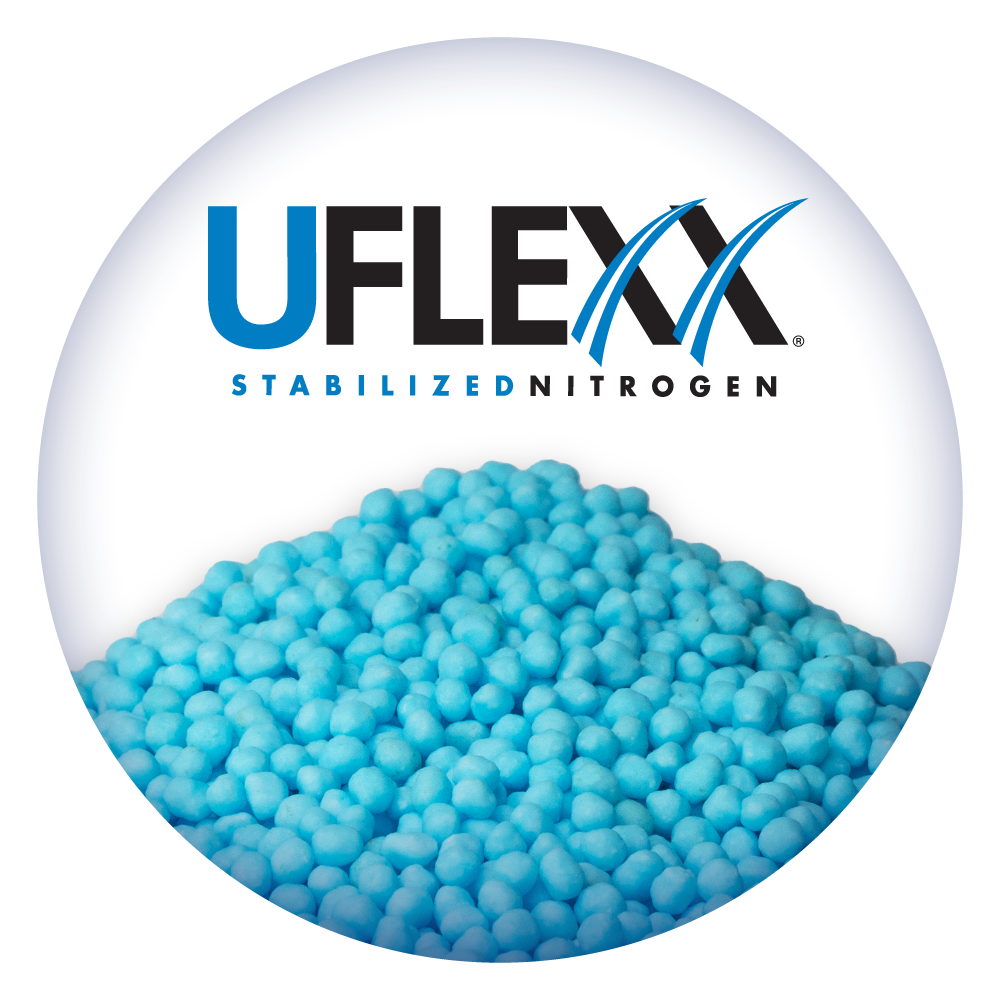Fall is Coming – Does Your Fall Fertility Program Meet Your Objectives?
Labor Day has recently passed, and many are happy to have a long hot summer in the rear-view mirror. That day isn’t quite here for others yet, but it’s coming. So, with cooler weather on the way, what key objectives should we be focusing on with our fall fertilization programs?
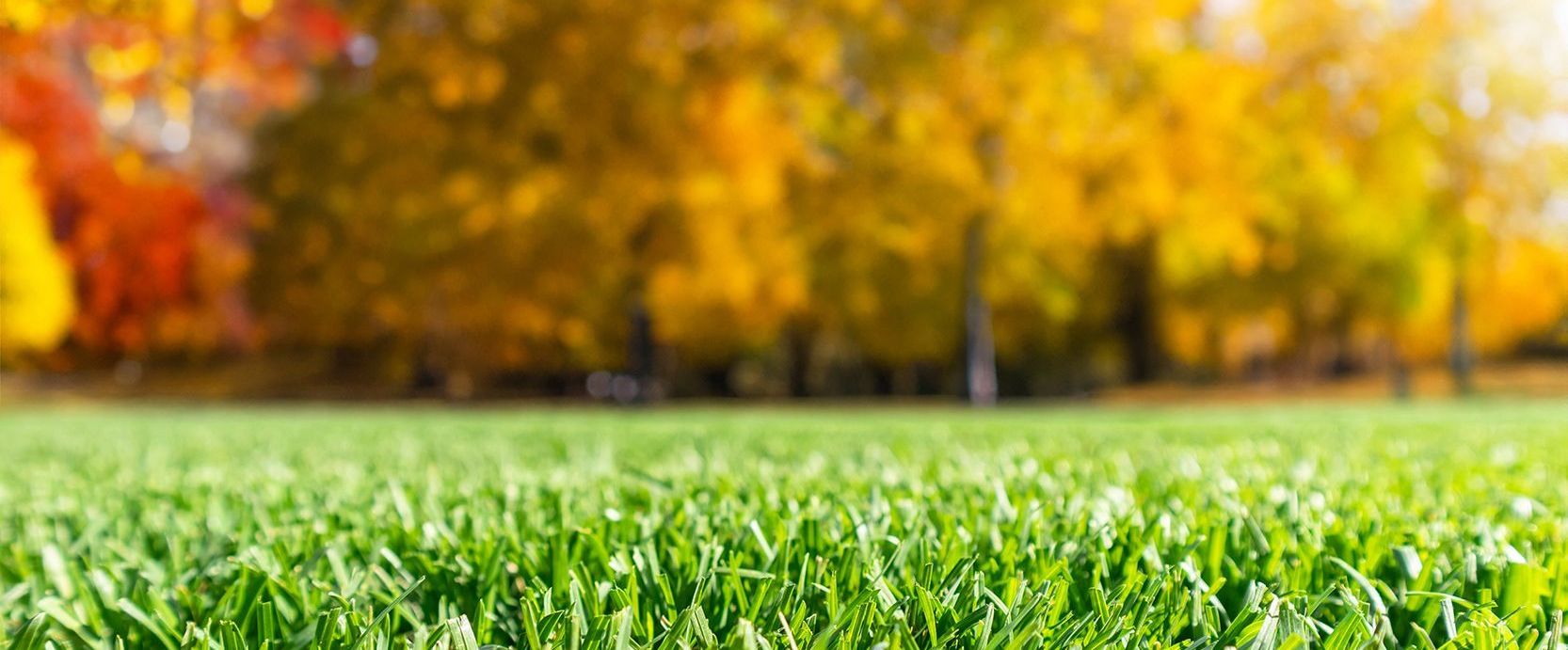
There are typically three objectives for turf and ornamental management in the fall:
- Recovery from summer stress
- Preparation for continued fall use/play (depending on the turf that you manage)
- Preparing for the challenges of an unpredictable winter
You might choose to address one, two, or all three of these, but each one might need a different approach.
For recovery, think fertilizers that release quickly, but be careful not to overdo it on the rate (<0.5 lb N/M), because high N rates lead to inefficient use and nutrient loss. Stabilized nitrogen (UFLEXX® or UMAXX® fertilizer) is another good alternative – they release N right away, but also keep N available for longer, and you can increase the rate. A third option is a blend with about 50% quick release and 50% slow or controlled release N (examples: XCU® or TTRU™) for both a quick response and longer feeding.
For promoting fall use and/or play, choose a product with enough longevity to get you to the cold weather when growth stops. Depending on your particular timing and location, that might be anywhere from six weeks to 3 months or more. Done right, you’ll get consistent N availability for high-quality durable turf from a single fall application. Also, remember that a controlled release product like TTRU™ polymer coated urea is temperature controlled, so as it cools down, the N that is not released in the fall will stick around and become available when the soil warms in the spring – a great tool for plant health and protecting water quality.
Finally, there’s “putting your turf to bed” for the winter. For warm-season grass in particular, cut back on N with cooling temperatures. Unlike cool-season turf, uptake is slowing down anyway, and driving uptake of too much N can lead to succulence and increased potential for cold temperature injury. For cool-season turf, N uptake can continue even after top growth stops, because soil temperatures cool more slowly than air temperatures. Some have backed away from recommending late fall N applications, but some agronomists still support. Another suggestion is to use lower rates of soluble N that can be taken up before all growth stops, or use polymer coated urea like TTRU™ or methylene urea like NUTRALENE®. N release from these sources stops when temperatures get cool enough, and residual N is there for your turf when spring rolls around. Planned correctly, a late fall application can bring some great benefits come spring.
Regardless of your objective(s) for fall fertilization, remember the 4 Rs of nutrient stewardship – right source, right rate, right time, right place. Therein lies a solution for any situation.
TTRU™
Learn MoreXCU®
Slow-Release Fertilizer
UMAXX®
Dual Stabilized Nitrogen Fertilizer
UFLEXX®
Dual Stabilized Nitrogen Fertilizer
Share
